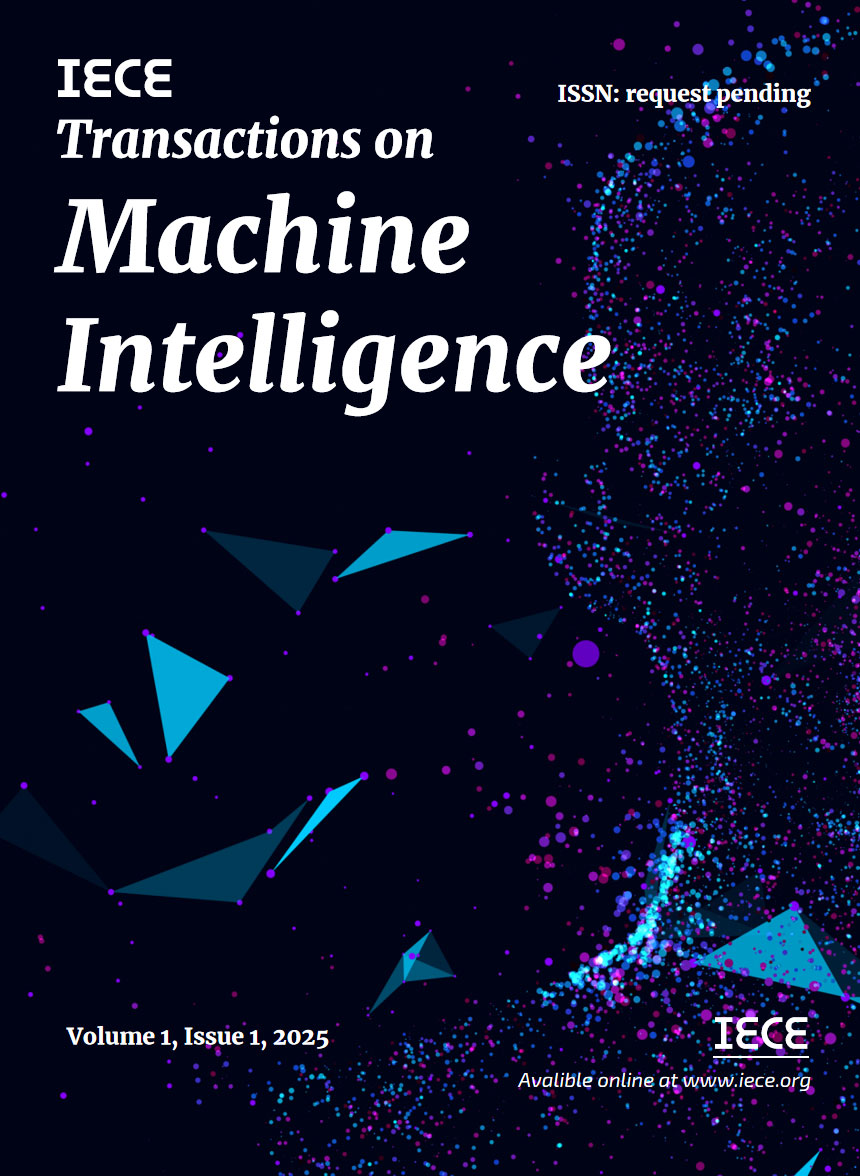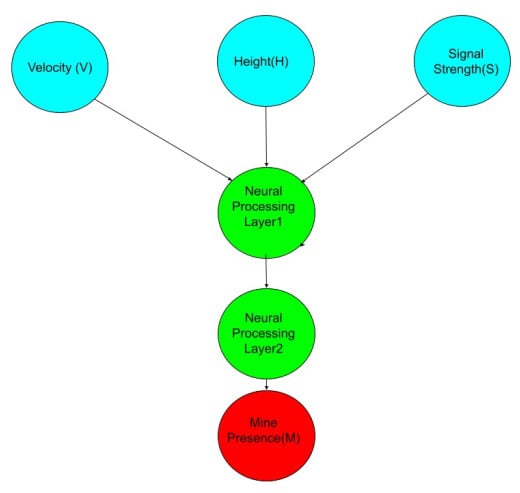Abstract
This research proposes an advanced system for landmine detection combining the internet of things and reinforcement learning, which seeks to resolve issues in conventional methods that misidentify more than 30% of detections, have slow reaction times, and are not suited for different environments. Others like metallic detectors and sniffer dogs also pose greater danger for wrong threat identification, more so due to slothful attempts. The system proposed in this study is novel in that it customizes metal detection by integrating a sensor into military boots, thus permitting constant scanning without the use of hands. A metaplastic Machine Learning model improves detection accuracy. It was found that reward driven reinforcement learning regulations improves mine detection accuracy, increases the analysis attempts in each evaluation phase, and alters the strategically settings. The range of analysis conducted during this study validates the argument in question but this reworking of the system does not polish it. The innovation is having that with proper situational awareness this model enables real time implementation of IoT devices. This adaptable system is not only advantageous for military endeavors but can also be useful for demining activities. More robust multisensory capabilities are essential to facilitate effective and safe landmine inspection all over the globe, so follow up studies should concentrate on field trials with accompanying iterative improvements.
Data Availability Statement
Data will be made available on request.
Funding
This work was supported without any funding.
Conflicts of Interest
The authors declare no conflicts of interest.
Ethical Approval and Consent to Participate
Not applicable.
Cite This Article
APA Style
Gupta, S., Adhikari, U., Roy, D., & Hazra, S. (2025). IoT-Integrated Reinforcement Learning-Based Mine Detection System for Military and Humanitarian Applications. IECE Transactions on Machine Intelligence, 1(1), 17–28. https://doi.org/10.62762/TMI.2025.235880
Publisher's Note
IECE stays neutral with regard to jurisdictional claims in published maps and institutional affiliations.
Rights and permissions
Institute of Emerging and Computer Engineers (IECE) or its licensor (e.g. a society or other partner) holds exclusive rights to this article under a publishing agreement with the author(s) or other rightsholder(s); author self-archiving of the accepted manuscript version of this article is solely governed by the terms of such publishing agreement and applicable law.


 Submit Manuscript
Edit a Special Issue
Submit Manuscript
Edit a Special Issue

